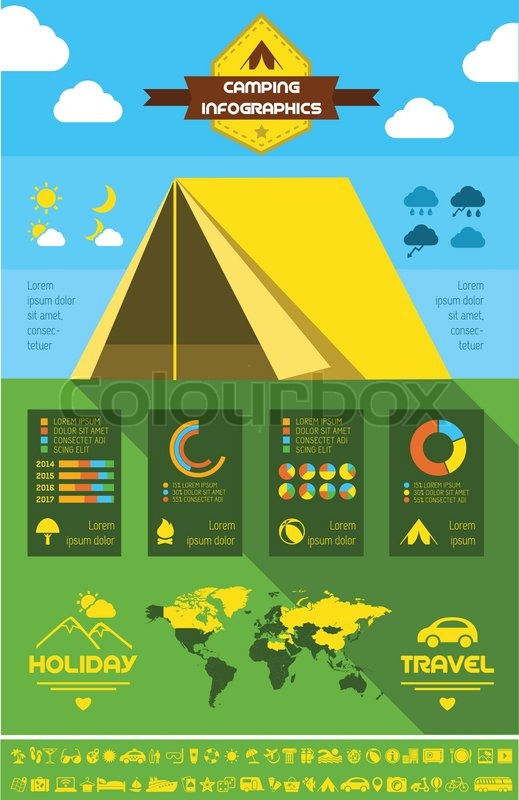Managing A Lucrative Online Camping Tents Business By Selling Camping Tents
Managing A Lucrative Online Camping Tents Business By Selling Camping Tents
Blog Article
Taking Photographs of the Evening Skies
A selection of variables can influence evening skies digital photography. From climate condition to upcoming holy occasions, you'll intend to prepare ahead to guarantee success.
How do you keep moisture out of a tent?
The shutter speed you choose determines whether stars look like specific pin-points or route throughout the picture. A great guideline is to limit the exposure to 500 seconds, or the matching of your lens's focal size.
Place
One of the most important consider an excellent picture is where you take it. Go for places with minimal light pollution, and stay clear of areas that have brilliant city lights and high-rise buildings.
Additionally, search for a location that uses foreground aspects to create compositions with. As an example, dune patterns, wind-sculpted ridges and rough outcrops can all offer intriguing foreground elements to aid inform the story of your night skies picture.
It is likewise valuable to research study astronomical occasions such as meteor showers and lunar eclipses to take advantage of chances for terrific images. Making use of a tool such as the Digital photographer's Ephemeris can be exceptionally helpful when planning your shoots. It aids you to identify moon phases, Galaxy setting and other expensive occasions. Likewise, consider capturing in RAW style instead of JPEG as this gives you extra versatility when processing the photos. This is particularly true if you intend to publish your photos.
Camera Setups
Getting the right electronic camera settings is important for any kind of photograph, yet particularly so for night skies photos. A wide-angle lens is best for recording even more of the Milky Way and lowering star trails, along with a longer shutter rate to stop the movement of celebrities and reveal their information.
For a maximum level of quality, shoot in RAW format as opposed to JPEG, which enables you to preserve even more data and gives versatility throughout post-processing. This can likewise include in submit size, so make certain you have plenty of storage room and extra flash memory card handy.
Set your emphasis to manual concentrating by flipping the AF/MF activate your lens into MF setting. You may require to take a few examination shots and inspect the photo playback on your cam's LCD display up until you achieve best, pinpoint hands-on focus. It's a great idea to do this throughout the day with your selected lens and the area you will be contending night, to confirm the precision of your focus setup.
Illumination
A good night skies photo calls for the best problems. This consists of a dark sky, however also a fascinating foreground component such as a mountain coming up, a lake to show the celebrities, or a human element like a barn or shed. You can also use a headlamp to illuminate the permanent tent foreground and include some drama or deepness to your image.
One of the most vital video camera setups for night skies photography are the aperture and shutter speed. The bigger the aperture, the much more light that gets to the sensor. This enables you to record bright stars in a reasonably short quantity of time.
The shutter rate identifies whether your celebrities will be pin-point ideal or if they will certainly appear as star routes due to the Planet's turning. Be sure to take several lengthy exposure shots and stack them in post-processing for the very best results. Finally, shoot in RAW setting to offer yourself optimal latitude in post-processing.
Make-up
The secret to gorgeous star shots isn't a premium telescope, a brand-new wide-angle lens or a top-of-the-line Canon or Nikon cam. It's strategy, planning and structure.
For beginners, look your shoot place in advance to obtain a feel for the format and potential structures. Take into consideration incorporating foreground elements such as rocks, a lake or alpenglow on the landscape to include personality and interest to your photos.
Keep in mind the Policy of Thirds when composing your images. This simple principle assists equilibrium and unify images. It's likewise valuable for concentrating on points of interest in your picture, such as rock functions or the Galaxy. Additionally, remember to plan your shoots around moon phases-- capturing at a moon can subdue stars and create a silhouetted shape, while shooting on evenings with a new moon can aid you see constellations extra clearly.
Can you camp in 50 mph winds?
